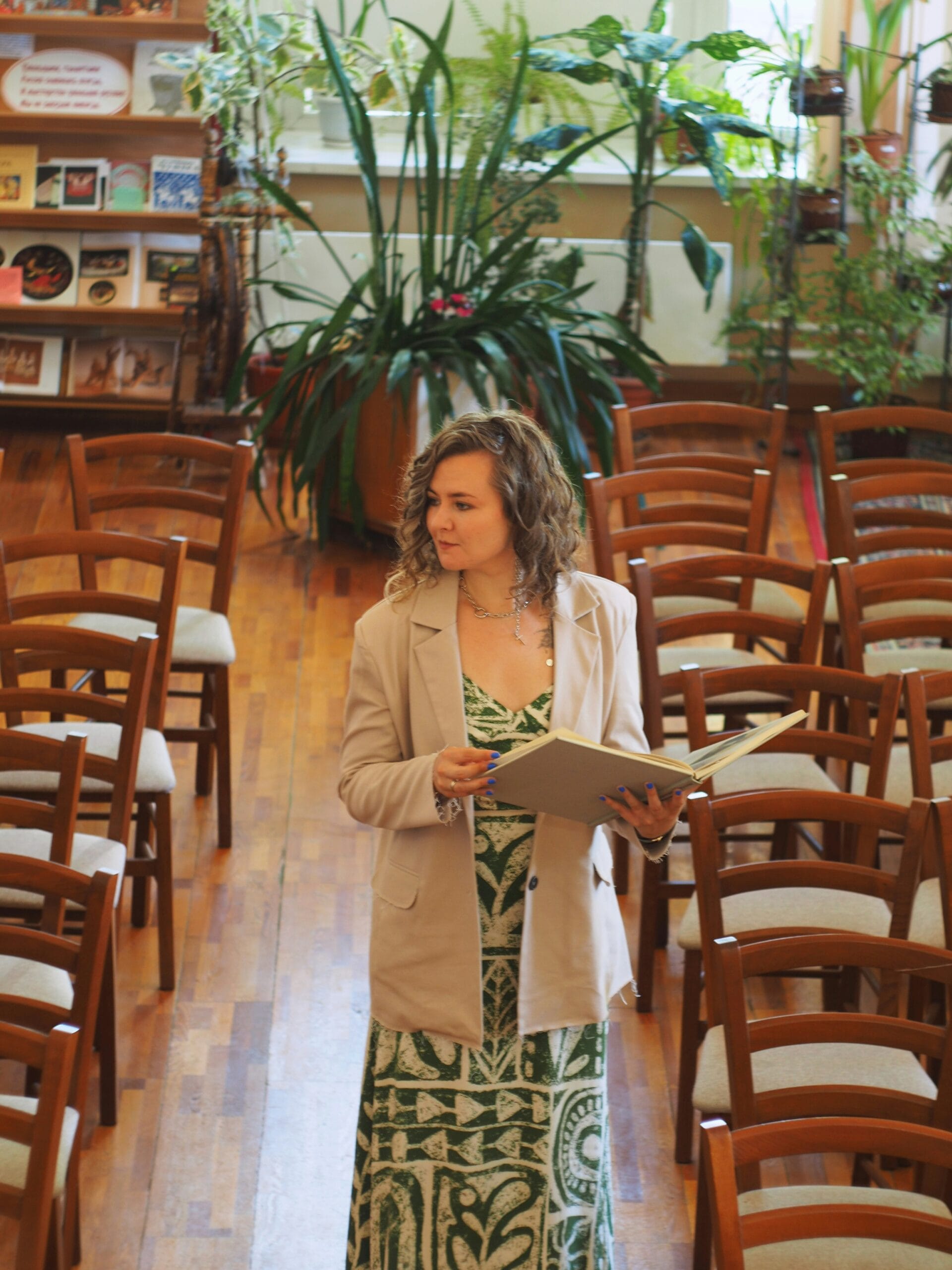Written by: Dr. Reagan Flowers
In the midst of one of the most trying years in recent decades, and with the election approaching, conflict and controversy continue to run high. One way we can examine any situation, including approaching how we serve all students adequately, begins by taking a look at our own personal biases.
Increased awareness around racism in STEM has been one positive outcome of recent social justice developments. In fact, Cornell University recently launched a seminar to address these very issues. It is my hope that we continue to see more efforts like these in higher education. By engaging tomorrow’s brightest minds, we can all work together to remove barriers in K-12 STEM education.
Taking Stock: Personal Inventory
First, it’s important to understand that no one is perfect. No matter how open minded and inclusive we may try to be, we are all inherently influenced by our upbringings, experiences and other factors. We develop stereotypes and prejudices based on our experiences. Often, these biases are unconsciously hidden, meaning we may not consider ourselves to be prejudice or even realize when we display biased behavior.
University psychologists have worked together to develop a tool to test your unconscious biases. I encourage you to take this test, as it will help you better understand how you approach situations in your everyday life. It will also help you see the world from another point of view.
How Bias Affects Education
The problem with bias and prejudice is that individuals apply them to groups of people as a whole. Therefore, in education, a student’s experience may include judgement based on the color of their skin or economic bracket. With teachers, administrators, campus officers, and others making assumptions based on known facts, this sadly overrides the student’s gifts, character, brilliance, talents, and academic capacity for such students.
In todays climate, it has become evident that these types of prejudices are still much more common than many Americans would like to admit or realize. The statistics are alarming. In the U.S., Black students are nearly four times as likely to be suspended as white students.
Poor students also face many stereotypes, such as assumptions of laziness or lack of concern about education. Stereotypes are not truths for a reason; they are over generalizations. To get the truth, and serve every student fairly, we must look at the individual, not a trait they happen to embody. If being poor condemns you for life, no one would have an opportunity to rise above that barrier.
Bias in STEM
Learning gaps in STEM shine a bright light on underlying biases in K-12 education. Low-income and minority students perform more poorly in STEM classes, while females are less likely to take more advanced STEM exams and courses. Women make up only 28% of the science and engineering workforce, even though they comprise half of college graduates.
These disturbing numbers again go back to bias, whether historical or assumed, inherent or hidden. For example, looking at certain groups with beliefs like “girls aren’t interested in science” or “low-income students don’t care about math” can be detrimental for these students.
If we are to turn the corner, school administrators and teachers must focus on providing equitable opportunities to explore STEM for each and every student. If there are barriers in the way, like limited resources, teachers and schools must find a way to work collaboratively to level the playing field. This is even more important during the unique learning environments that have been created during COVID-19.
Addressing Biases Benefits All
Whether a child ultimately pursues a STEM career or not, he or she deserves equal opportunities to excel in science, technology, engineering, and math. The development of problem-solving, collaboration and critical thinking skills will be essential no matter what paths they pursue. It is now time for us all to look at our biases.
The test mentioned earlier will only take a minute to complete to help you realize your biases and ultimately become more aware of them. Awareness is what is needed if there was ever a chance to create ripple effects. Seeing how your biases come out in certain situations and affect others is very telling. Let’s look at this in relation to education.
For a parent, addressing biases could be helpful when answering a child’s questions about teachers or other students. By teaching them to look at individuals, not groups with stereotypes, you are helping them avoid developing hidden biases of their own. Without these biases, they also may be more likely to step up to help fellow students who are struggling. A decrease in bias naturally brings about an increase in empathy.
For teachers, addressing bias can help challenge “one size fits all” teaching strategies. They will learn more about how to better help students, and ultimately improve education for the future.
For educational partners, like we here at C-STEM who offer supplemental services, by re-examining biases, we can continue to evolve our offerings to better fill educational gaps. Every unique or different situation helps us see things differently, maybe considering challenges we didn’t see before.
Eliminating Bias = Change
Though times are tough now, when we look at the past, it becomes clear that standing strong for what’s right ultimately changes the world. We live in a country with a history where neither women nor Blacks were allowed to vote or attend college. Overcoming those biases helped change that reality.
We still have a long way to go, and the fight begins with each and every one of us. We all deserve to be given a fair and equal chance at success, most of all our K-12 students in STEM–our economic future is depending on it.






